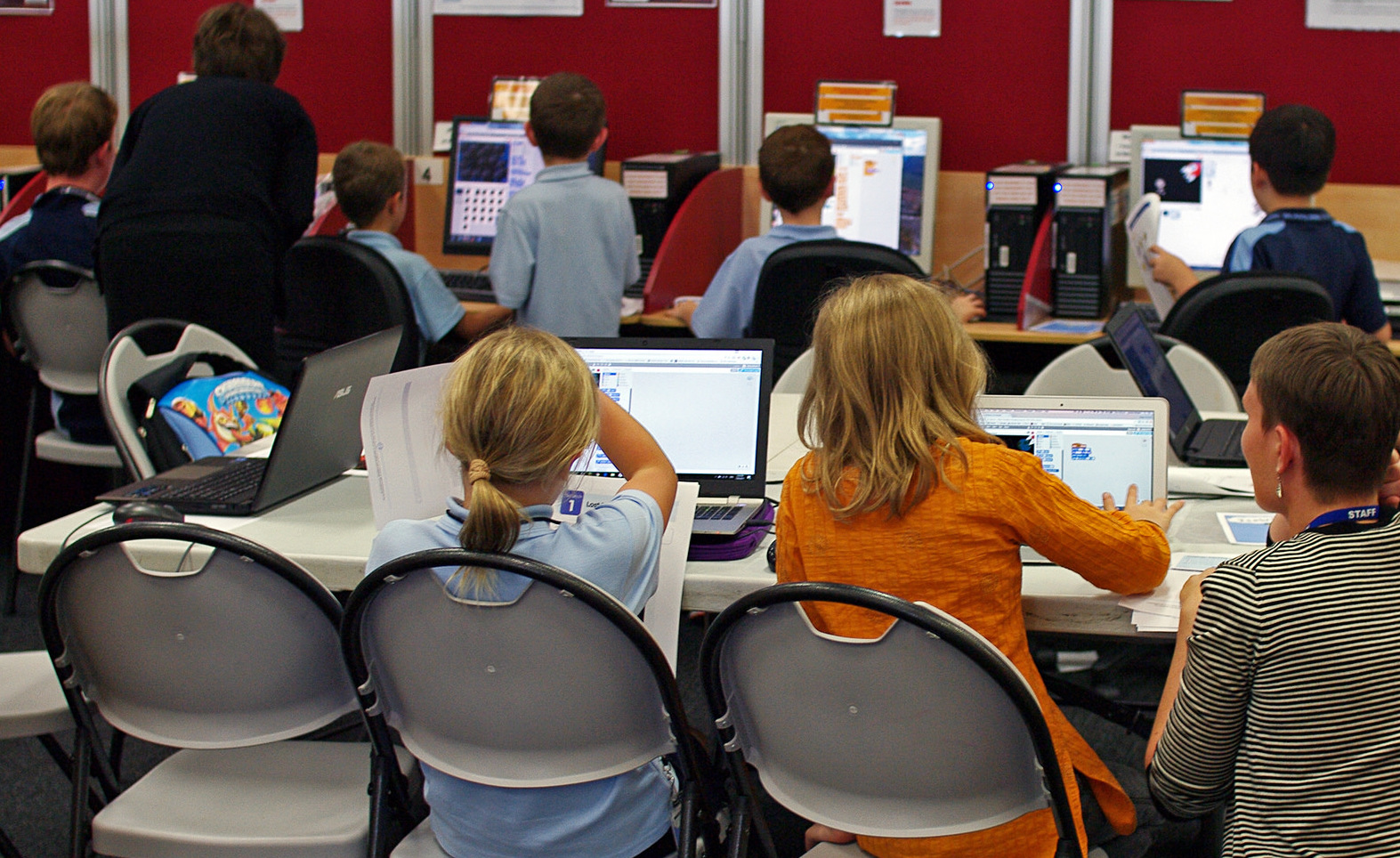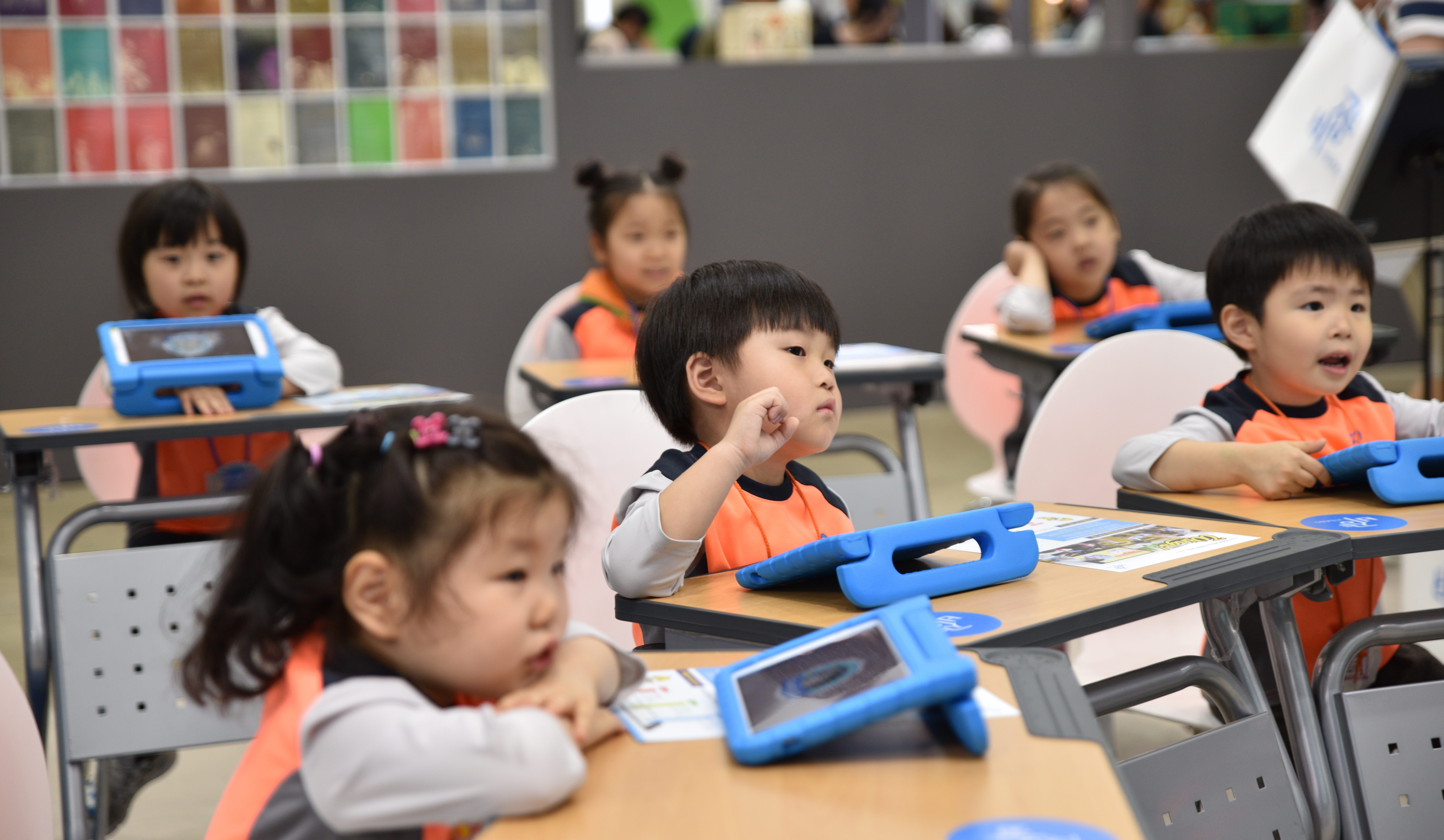
Business & Economics
Why innovation requires a mix of skillsets

While there are many promising initiatives in Australia to engage students in Science, Technology, Engineering and Mathematics, there is a need to support these in a sustained and coordinated way
Published 15 August 2017
The lack of students studying the so-called STEM subjects (Science, Technology, Engineering and Mathematics) is a perennial issue in Western countries – and Australia in particular.
A recent report revealed the percentage of students in Year 12 who study physics or advanced mathematics is at an all-time low, for girls only 6 per cent (for boys, these percentages are 21 and 11.5, respectively).
While a lack of engagement with STEM subjects is an issue across the West, it is particularly bad here; Australia lags behind other developed countries, threatening our economic prospects and our young people’s career prospects.

International research has demonstrated that the STEM subjects are often taught in ways that fail to engage young people; traditional teaching methods and 19th century content, such as ‘acids and bases’ dominate classrooms, making it hard for students to recognise the relevance of STEM for their daily lives and their futures.
Moreover, STEM subjects are often perceived as difficult, requiring extra effort from students to achieve. And why would they work hard for something that doesn’t make much sense to them?
Not surprisingly, there is now a strong call for innovation in STEM education, and a large number of Australian initiatives are now underway. These initiatives have a huge variation in focus, scale and duration. Some focus on increasing STEM participation by girls, others focus on specific areas, such as coding. There is not much research available yet to demonstrate the impact on student learning and interest in STEM.

Business & Economics
Why innovation requires a mix of skillsets
Research and design are at the core of what STEM professionals do. Research, traditionally mostly associated with science and mathematics, is driven by questions in search for new knowledge. Design, commonly seen as the work of engineers and technicians, is characterised by finding optimal solutions for a real life problem. In design, there is never one answer.
In current STEM practice, professionals with different disciplinary backgrounds work together in teams, and research and design are typically interlinked in their projects. How different from the way STEM subjects are usually taught, where individual students are usually preoccupied with finding the one, right answer to problems imposed on them.
Common in many STEM initiatives around the world is the idea that students can be motivated by working on authentic problems, and that this motivation leads to the development of knowledge and skills.
An interesting initiative in the Netherlands revolves around a new subject Research and Design. This subject is developed and taught alongside the existing STEM subjects from Years 7 to 12. Students work in small teams on projects that are negotiated with local industry or government, supervised by one of their teachers.

Initiated by a couple of parents 15 years ago in one school, the program has gained a lot of traction. Currently, close to 100 schools have adopted it and proudly call themselves Technasium.
This initiative is one of many in recent years, which altogether have contributed to a huge increase in Dutch students in secondary schools choosing a ‘science profile’. Also, the number of students enrolling in engineering undergraduate programs at universities has gone up, with around a 50 per cent increase among female students.
A recent report comparing STEM initiatives around the world identified what ‘STEM-strong countries’, such as Finland, Canada, or South Korea, have in common: high quality teachers, student-centred pedagogical approaches, and a strong commitment to content.
One key success factor is the presence of a durable and coordinated effort at a national scale, driven by a national STEM strategy. Countries like The Netherlands and Germany have created centres specifically to further the national STEM agenda.
I recommend Australia installs a national STEM body to fund a range of educational initiatives in a sustained and coordinated manner, based on a clear vision of the future of STEM. Whatever that national body looks like, it should establish a STEM education framework that leaves room for schools and teachers to develop and implement STEM education in a way that fits their local context, student population and resources.
Importantly, a long-term research program is needed to investigate the impact of STEM education, on schools, teachers, and students.
Banner image: Shutterstock